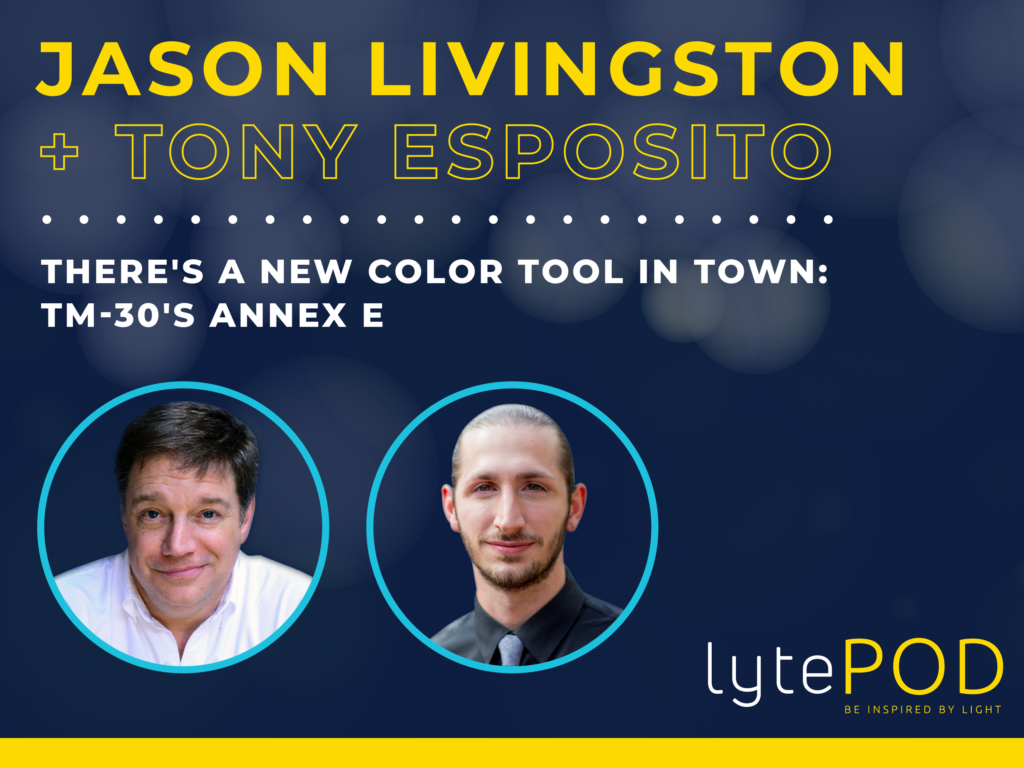Earlier this month, CIE published CIE Position Statement on Color Quality Metrics, in which it recommends the lighting industry transition from the outdated and sometimes inaccurate General Color Rendering Index (CRI) to the General Color Fidelity Index (Rf ) defined in CIE 224:2017. The position statement notes that problems with CRI (which we’ve known about for years) include use of an outdated color space (CIE 1960 (u, v)), the small number of samples used to calculate CRI (only 8), and that CRI has proven to be especially problematic in evaluating narrow band emitters.
The good news is that CIE is finally recommending retiring CRI from use (which was last updated over 50 years ago in 1974) and adopting a modern, accurate metric for evaluating fidelity for all lighting applications. That’s a huge step forward for the lighting industry.
The less good news is that it stops there. The position statement acknowledges that fidelity is not the only aspect of color rendering, and that studies have shown preferences for light sources that slightly enhance saturation (and therefore reduce fidelity). However, it makes no mention of other metrics (such as ANSI/IES TM-30’s Gamut Index and Preference Design Intent) that address the issue. Since CIE 227’s Rf and TM-30’s Rf are identical, I see this as a belated endorsement of Rf as a fidelity metric and of TM-30 in general. My hope is that this spurs the industry to greater adoption of TM-30, especially for its evaluation of color preference, vividness, and fidelity described in Annex E.
One side note: Rf as defined in CIE 227 is Rf as defined in TM-30. In fact, TM-30 was published two years before CIE 227, which was a response to TM-30. In evaluating TM-30, CIE found that there were a few places where CIE and IES chose different methods of extrapolating certain information. Since CIE had formalized their procedures and IES had not, the two organizations worked together to harmonize their calculations into one calculation that is used in both systems. It’s frustrating that the CIE position statement reads as if CIE developed Rf out of whole cloth, rather than as a response to TM-30 and a mutual refinement of the Rf calculation.




